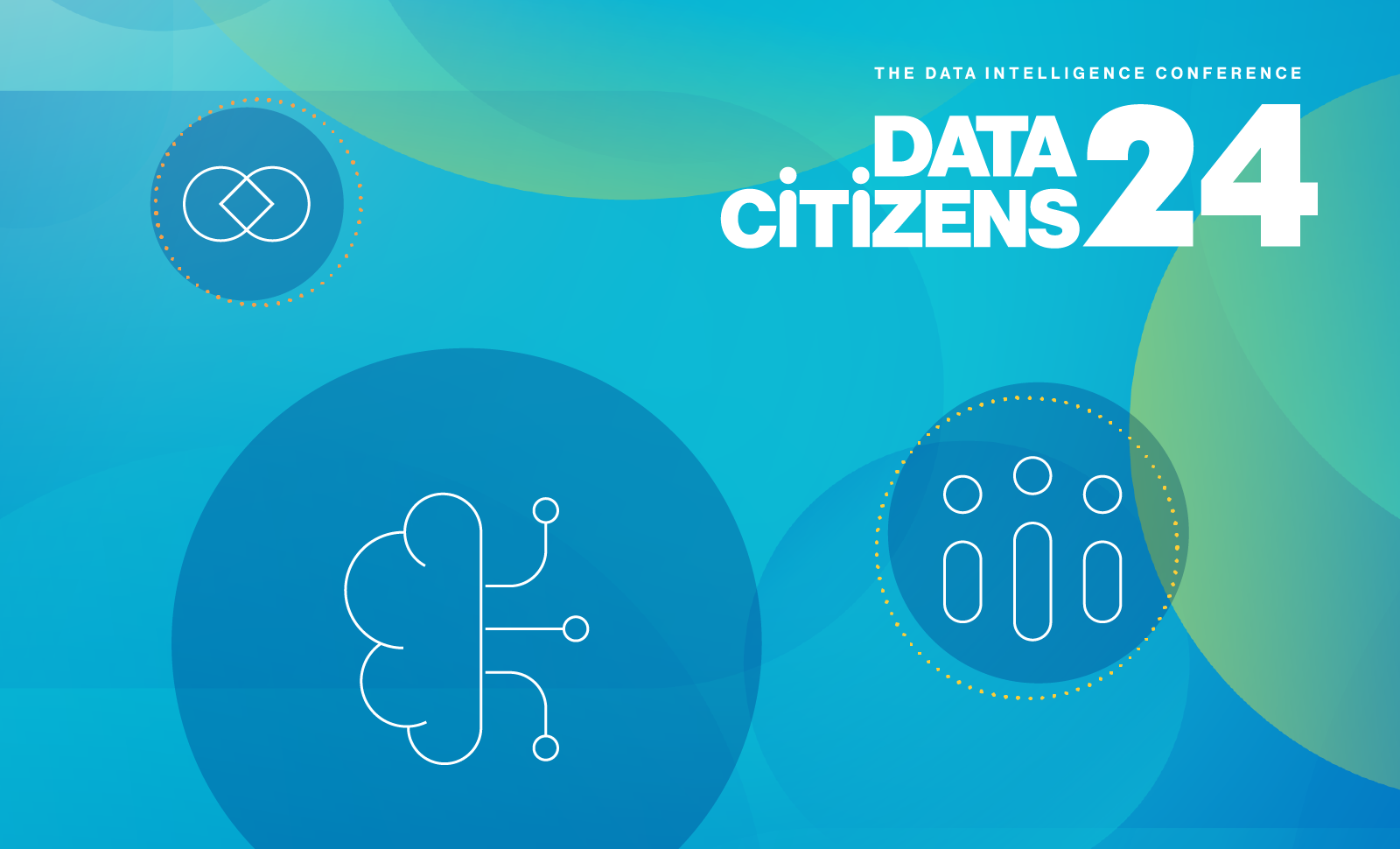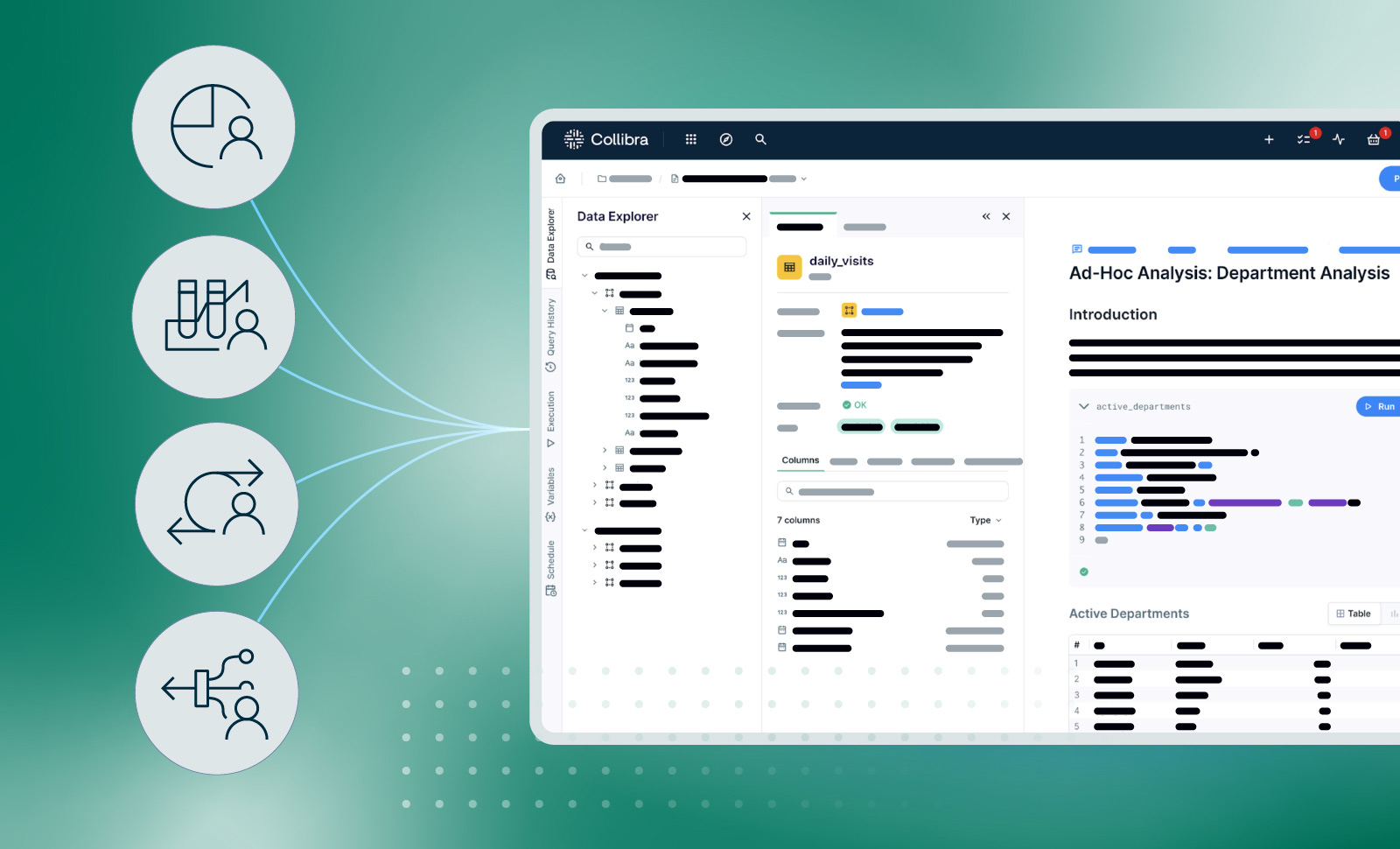What does it mean to be ready? Please, show me the line in the sand!
We are often asked “what preparation is necessary to have our data governance program ready for implementation?” While there are a few data governance maturity models published, those models are not very pragmatic to help answer this question. In fact, doesn’t it make sense that organizations start their data governance implementations at an immature level? Other thought leaders suggest that you can only start after the data governance principles, policies, and operating models are approved. Great thought, but that generally takes one to two years. That is too long, costs too much, and does not deliver. We believe the answer to this question depends upon the data governance business case priorities of your organization.
A place to start may be to answer the questions “Why do we need data governance? What is wrong with what we are doing today?” The answers are use cases generally grouped into a list such as:
- Definitional or language usage inconsistency – We have each team, line of business, region, or country using different terminology for our data. This can produce erroneous reporting, communications problems, inconsistent management decisions, and additional training costs. This often drives the use case to start with a single data mart or small number of reports. The use case needs only a small set of governance processes and resources to get started.
- Authoritative source challenges – Our data consumers are unclear on what sources of data they should use for business processes or reporting and analytics. For this use case, we can select a small group of business processes or analytics to get started with.
- Business processes lacking – We do not have a common view of the processes used on our data, thus have duplicate processing, enhancing data downstream, making data quality fixes in multiple processes, and reporting with the wrong data. For this use case, we can establish data governance with a single business function in one business unit. Subsequent iterations will build upon the governance processes.
What is necessary to be “ready” for data governance?
The pragmatic question then becomes what is the detail of requirements that are needed for a specific use case in order to begin? I would argue that, based upon our many successful customers, it can be pretty minimal. Let’s recognize that the business needs solutions to the challenges today. We see firms set expectations that the data governance program will measure and drive compliance to process outcomes, accountability and responsibility decisions, language and terminology alignment, technology alignment, data usage improvements, reference and master data alignment, and quality metrics measurements. Most of those efforts can be achieved once you have started down the roadmap, not before you start.
We advise our clients that your data governance program may be able to start with just the following defined.
- Data Governance Leadership Organization (Who)– This is most often a three-level organizational structure. At the top is a cross functional executive leadership committee. Next, you’ll have a cross functional managerial working team, and finally a functional operations level team of SME and data stewards. The Collibra operating model is an accelerator and model for your organization that defines the basics roles and responsibilities for you. The leadership organization is critical for program visibility and alignment, cross-functional communications, business prioritization, and funding.
- Basic Governance Processes and Operating procedures (What)– Having a basic understanding of “what” governance processes, workflows, and operating procedures is helpful to establish expectations for actions needed from each business and technical unit. Again, the Collibra “out-of-the-box” processes, roles/responsibilities and workflows expedites your “readiness.” We have your back on this one too.
- Governance Roadmap and Communications Processes (When)– One area that can be forgotten is planning the roll-out activities. A roadmap of the anticipated roll-outs is often necessary as it identifies priorities that have been agreed to by the leadership team. Many organizations build their roadmap iteratively from the first implementation.
- Adaptive and Flexible Technology (How)– The data governance team can start building a business glossary with Collibra Data Governance Center very quickly. Collibra Data Governance Center is highly flexible to scale in the future and is adaptable to meet changes very quickly. One thing you can depend upon will be the need to be agile and adaptive to changing business needs. Your technology cannot be an excuse that limits your ability to rapidly respond to change. Again, we have your back, just get started.
Data governance should enable the right people, to use the right processes, on the right data, at the right time, with the right technology. To maximize the value of data governance, the business needs you to start as soon as possible.
Take a deep breath, stay calm, and allow your data governance program to prosper.




